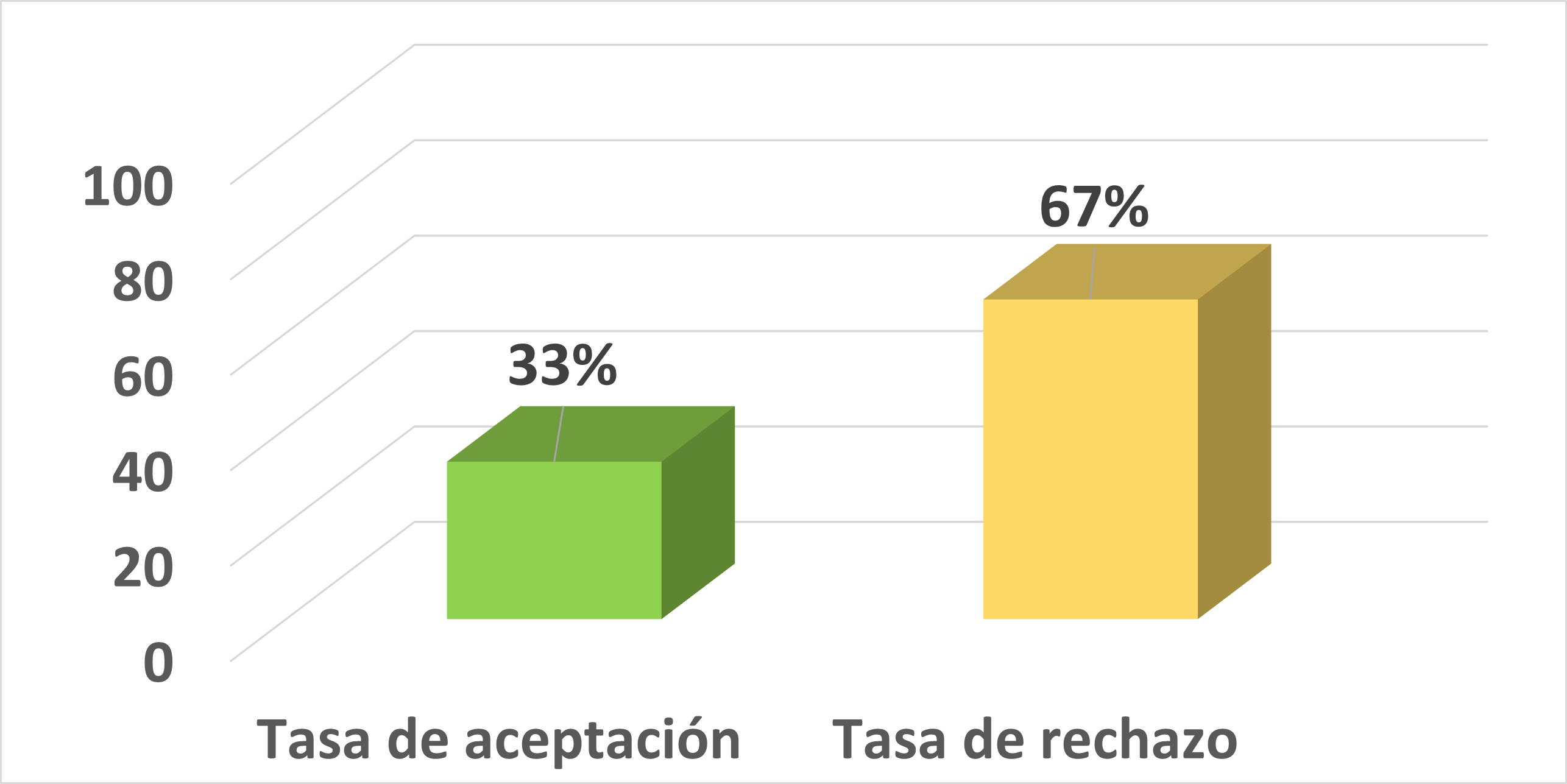Evolution and population trends in the Southern Region of Ecuador, Period 1950 - 2010
Keywords:
Population, Growth, Census, Town planninAbstract
The South Region of Ecuador consists of the provinces of El Oro, Loja and Zamora Chinchipe; located in the South of Ecuador, the Peru border area. Conceptually, we understand these spaces of politica-territorial division, as the sites where a population reproduces that are subjects of historical development. This is a demographic study of case, secondary source, based on of cial data provided by the Instituto Ecuatoriano de Estadísticas y Censos, INEC, the population censuses carried out between 1950 and 2010, study period. The variables were analyzed total population growth, by geographical area and by sex; of the region and in each province. Overall, the study shows a signi cant population increase in the region, whose growth rate has been reduced throughout the period, with marked differences between provinces; It can be seen that the evolution of the urban and rural populations has been different, which suggests a progressive urbanization process, of major migrations of the rural populations, within the region or outside it, especially those living in the province of Loja, inequities and injustices. Despite the fact that does not address the population structure and characteristics of the population dynamics, including migratory movements, we can say that it responds to the need to argue the population processes from the perspective of a region.References
Carrión M., F. (2013). Ciudades intermedias y desarrollo territorial. Recuperado el junio de 2015, de http:/works.bepress.com/fernando_ carrion/600
Censos, D. G. (1960). Primer Censo de Población del Ecuador-1950 (Vol. UNICO). Quito, Ecuador.
Chávez, Y., & Medina, P. (2012). Revista AnalítiKa. Recuperado el junio de 2015, de http://repositorio.cedia.org.ec/ handle/123456789/775
Cortez V., R., & Zavala L., J. (Agosto de 2014). Apuntes: Revista de Ciencias Sociales. Recuperado el septiembre de 2015, de http:// revistas.up.edu.pe/index.php/apuntes/article/ view/237
Damianovic C., N. (2008). POBLACIÓN Y SOCIEDAD, ASPECTOS DEMOGRÁFICOS. Santiago, Chile: Instituto Nacional de Estadísticas.
Figueroa P., C. (septiembre de 2015). Ciencias de la Salud. Recuperado el septiembre de 2015, de https://digitum.um.es/xmlui/ bitstream/10201/46008/1/TESIS %20 TERMINADA %206.pdf
Flacso-Andes. (s.f.). Flacso-Andes. Obtenido de http://www. acsoandes.edu.ec/biblioteca/ catalog/resGet,php?resid=5559
Génova M., R. (2012). Escuela Nacional de Sanidad. Recuperado el Junio de 2015, de http:// e-spacio.uned.es/fez/eserv/bibliuned:500561/ n3.4_Introduccion_a_la_demograf__a_ sanitaria.pdf
INEC. (s.f.). Obtenido de INEC: http://www. ecuadorencifras.gob.ec
INEC. (1976). III Censo de Población-1974 y II de Vivienda. Resultados De nitivos. Quito, Ecuador.
INEC. (1984). IV Censo de Población y III de Vivienda 1982- Resultados De nitivos (Vol. I). Quito, Ecuador.
INEC. (1991). V Censo de Población y IV de Vivienda 1990 Resultados De nitivos (Vol. I). Quito, Ecuador.
INEC. (2002). VI Censo de Población y V de Vivienda-2001 (Vol. II). Quito, Ecuador.
JUNTA NACIONAL DE PLANIFICACIÓN Y COORDINACIÓN ECONÓMICA, DIVISIÓN DE ESTADÍSTICAS Y CENSOS. (1964). Segundo Censo de Población y Primer Censo de Vivienda-1962 (Vol. I). Quito, Ecuador.
Minkel, F. R. (Marzo de 2003). Recuperado el Julio de 2015, de http://acoge2000.homestead. com/ les/Loja Migracion.pdf
Ospina, P., Andrade, D., Castro, S., Chiriboga, M., & Hollenstein, P. (2011). Rimisp - Centro Latinoamericano. Recuperado el julio de 2015, de https://idl-bnc.idrc.ca/dspace/ bitstream/10625/46660/1/133139.pfd
Plan Migración, Comunicación y Desarrollo: Caritas Española. (junio de 2004). Recuperado el julio de 2015, de http://www.fes-ecuador,org/ media/pdf/migraciones6.pdf
Posada, C. E. (2013). Revista: Desarrollo y Sociedad. Recuperado el julio de 2015, de le:///D:/Desktop/otros %20de %20 demogra a/crecimiento %20econ %C3 %B3 mico %20y %20transicion %20demogra ca %20caso %20colombiano %20cielo.pdf
Prieto R., V., & Cabré, A. (2013). Universitat Autónoma de Barcelona. Recuperado el junio de 2015, de http://ddd.uab.cat/record/114008
Villacís, B., & Carrillo, D. (2011). Estadística Demográ ca en el Ecuador: Diagnóstico y Propuestas (Primera ed.). Quito: Instituto Nacional de Estadísticas y Censos.
Vinuesa, J., Zamora, F., Génova, R., Serrano, P., & Recaño, J. (1977). DEMOGRAFÍA: ANÁLISIS Y PROYECCIONES (Primera Reimpresión ed.). Madrid: EDITORIAL SÍNTESIS,S.A..
Downloads
Published
How to Cite
Issue
Section
License
Those authors who have publications with this journal, accept the following terms:
- After the scientific article is accepted for publication, the author agrees to transfer the rights of the first publication to the CEDAMAZ Journal, but the authors retain the copyright. The total or partial reproduction of the published texts is allowed as long as it is not for profit. When the total or partial reproduction of scientific articles accepted and published in the CEDAMAZ Journal is carried out, the complete source and the electronic address of the publication must be cited.
- Scientific articles accepted and published in the CEDAMAZ journal may be deposited by the authors in their entirety in any repository without commercial purposes.
- Authors should not distribute accepted scientific articles that have not yet been officially published by CEDAMAZ. Failure to comply with this rule will result in the rejection of the scientific article.
- The publication of your work will be simultaneously subject to the Attribution-NonCommercial-NoDerivatives 4.0 International (CC BY-NC-ND 4.0)









